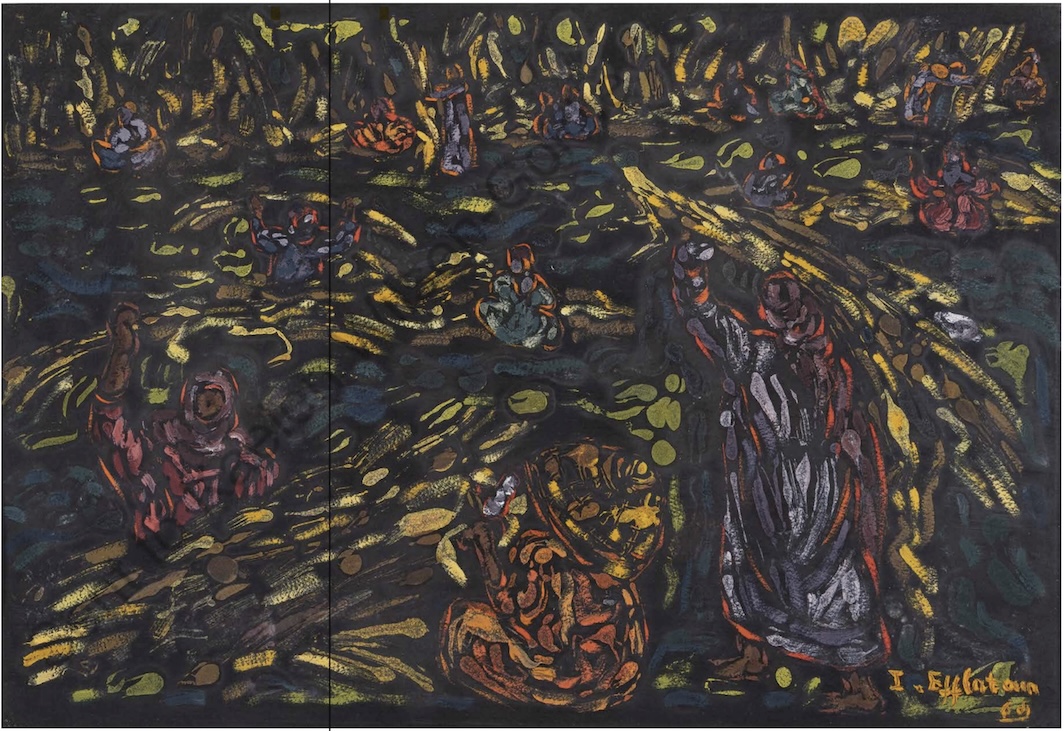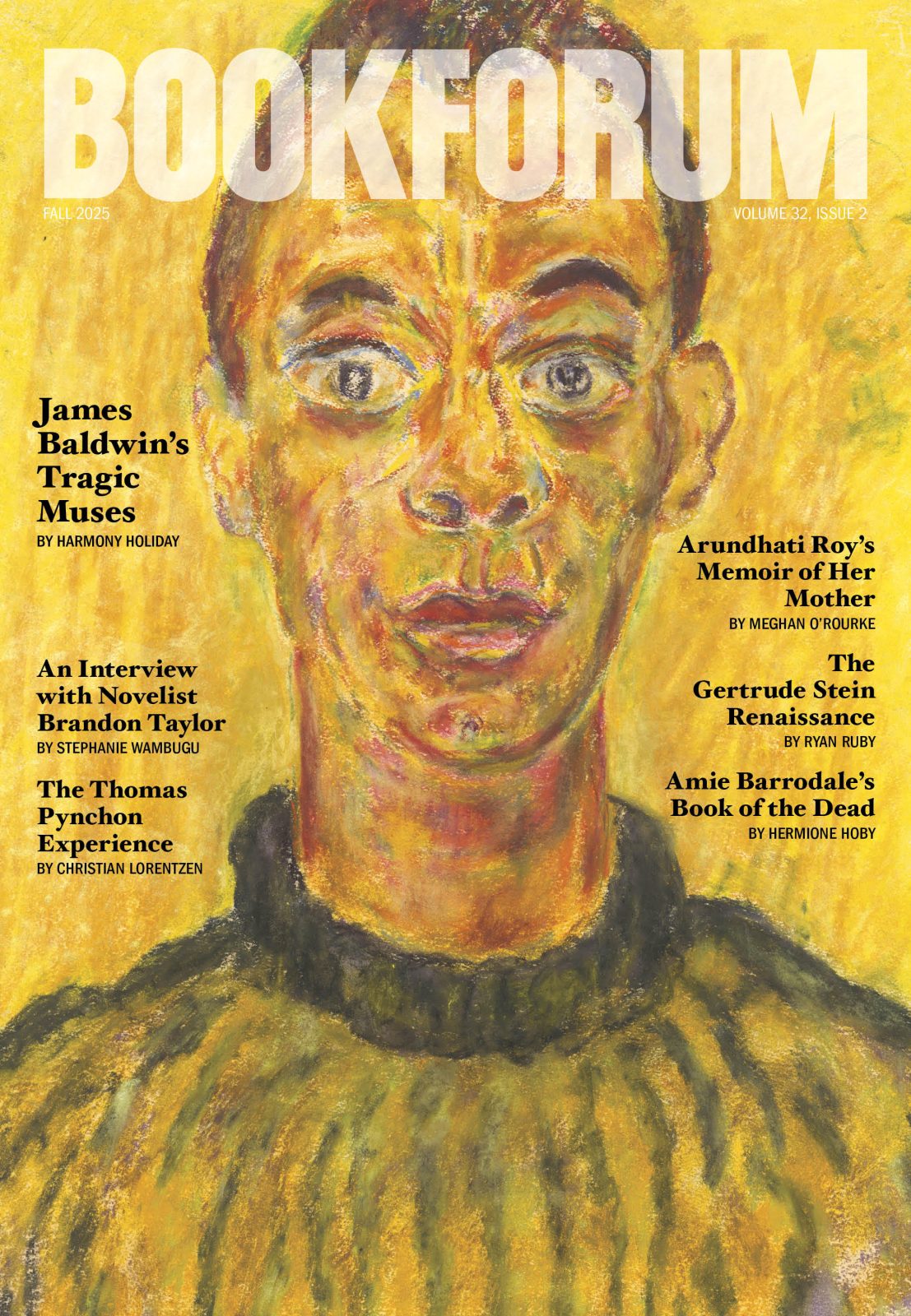
FOR MOST OF HER LIFE, THE EGYPTIAN ARTIST Inji Efflatoun divided her days in half. She would paint in the morning and do politics in the afternoon—anything from attending the events of a rich and varied cultural life to plunging headlong into activist campaigns. A member of several underground communist groups, Efflatoun created at least four different feminist organizations in her lifetime. She fought constantly on behalf of women, whether they were running for public office (her mentor, the Egyptian feminist Ceza Nabarawi), condemned to death (the Algerian militant Djamila Bouhired), or toiling in the agricultural lands of the Nile Delta. She painted searing portraits of these women, too. While Efflatoun was careful to separate the more public and inherently collective dimensions of her political projects from the quieter, more solitary rituals of her artmaking, both were fueled by the same inextinguishable desire for justice. It flashes through her portraiture, especially her paintings of anguished women and children, such as Port Said, 1957, where a look of absolute horror crosses the face of a young child crouching beside her presumed mother, whose felled body lays in a lurid pool of blood. But the fire of Efflatoun’s conviction is just as present in the dappled colors that dance across paintings such as Workers, 1975, which captures the beautiful coexistence of figures in a landscape. Efflatoun made her debut as an artist with Art et Liberté, a group of Egyptian Surrealists who worked in Cairo from the late 1930s to the late ’40s. The artists associated with Art et Liberté, most notably Efflatoun’s tutor, Kamel El Telmissany, strengthened her Marxism, which landed her in jail, in 1959, as part of president Gamal Abdel Nasser’s crackdown on communists. While in prison, Efflatoun wrangled the administrators into letting her paint, and the series of portraits she produced of comrades, prostitutes, and petty thieves are considered among her most powerful. After her release, in 1963, Efflatoun mellowed into a late style of landscape painting, with textured brushstrokes loosely arranged to mimic the blinding effect of noontime sunlight. Her memoirs, Mudhakirat Inji Efflatoun: Min al-Tufula ila al-Sajn (The Memoirs of Inji Efflatoun: From Childhood to Prison), which she recorded on audio cassettes and transcribed herself, were published in Arabic in 1993. After her death, in 1989, they were edited and compiled with thirteen of her letters from prison to her sister Gulperie. Although excerpts have been published here and there, The Life and Work of Inji Efflatoun is the first full translation of her story in her words. Framed by introductions, scholarly essays, and a reprint of her 1972 article about Egyptian modern art, the book is at its best when its contributors probe the wild contradictions that run through everything Efflatoun did. The art historians Nadine Atallah and Nadia Radwan push on the divisions between her art and activism, showing Efflatoun to be not only fascinating, cryptic, and far more complicated than a national treasure but also that no matter how she organized her time, her paintings could never be separated from her politics. At a time when pressure is mounting for art to be apolitical or affirmative, Efflatoun reminds us that resistance is never futile, and that art, by necessity, must challenge and disrupt.
